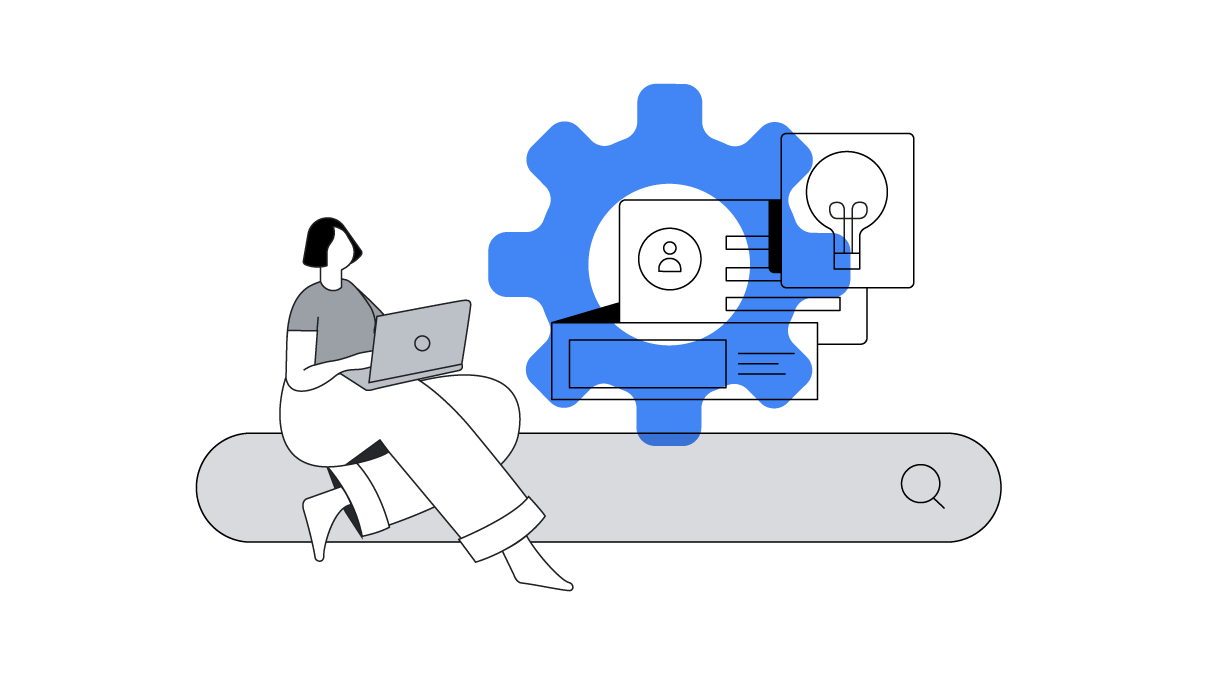Foreign markets open up new doors for profit as today’s online, borderless consumer is making more purchases than ever from companies based around the world. Currently, 70% of consumers globally make at least one cross-border purchase a year1. Opportunities are there for the taking, but some companies still struggle to meet the demand.
There are several challenges like diversity of languages, logistics and communications, methods of payment, or understanding the legalities of each market.
TonerPartner wanted to scale and expand its business from Czechia and Slovakia to Poland and Hungary. The toner and ink-cartridge company was concerned that this growth would complicate marketing to the point of hurting profits. So they partnered with advertising agency ui42 digital to develop a plan that included expansion and performance goals.
Simplifying campaign structures
TonerPartner was already operating in two different countries, each with its own language and currency. And with thousands of products on the market, the teams were juggling over 60 search campaigns. Keywords and ads multiplied at exponential rates, making campaign management both time consuming and tedious. And this would only increase if the company aimed at breaking into new markets. Finding a more effective way of structuring campaigns became the number one priority, before scaling to the next stage.
The teams began to simplify ad groups. TonerPartner sat down with ui42 digital and dug into the numbers, looking at the conversion value of each keyword and how it aligned with its business goals. This gave them a better idea of what was working and what wasn’t, so the team could identify and focus only on the impressions and clicks that provided the most value.
This approach allowed them to drastically reduce the number of campaigns, going from over 60 to just eight. With this new lean structure, they could start looking at automated solutions to optimise their budget and save time on management and bidding.
Scaling with automation
The teams decided a Smart Bidding strategy was the next step to scale efforts. Automation is only as good as the data that is provided, so the newly simplified campaigns were a great place to start, offering a larger pool of conversion data and providing the machines with more to work with.
The teams chose a target return on ad spend (ROAS) strategy. “We wanted to focus our marketing strategy on higher profitability and make better, more informed decisions” explains Michal Vavro, performance manager at TonerPartner. The strategy allowed for optimising campaigns based on the desired revenue for each dollar spent on ads. They also enabled Smart Shopping, which combines product feeds and machine learning to display a variety of ads across networks.
Transferrable results
Efforts paid off. The company saw a 93% increase in total revenue and a 71% increase in ROAS year over year. And not only that, the launch into new markets was five times faster with the new setup2. Having saved time by reducing manual marketing efforts, the teams could focus on strategy and further expansion.
“Thanks to our new campaign structure and automation, we have significantly increased efficiency in ad campaigns,” says Vavro. “The system was easy to transfer and expand into new markets.”
TonerPartner is now operating across Slovakia, Czechia, Poland, and Hungary, and plans to continue expanding. With automation and a lean structure, exporting internationally was easier than anticipated.






